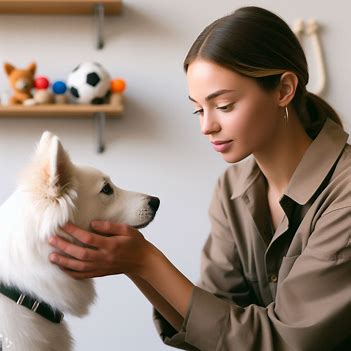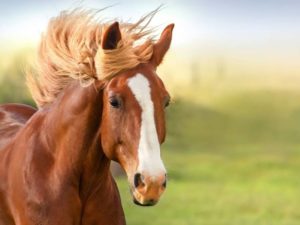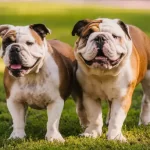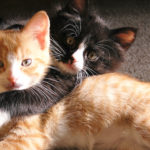
Sarah Mitchell
Professional Pet BehavioristI'm Sarah Mitchell, your dedicated guide to understanding and improving your pet's behavior. As a Certified Pet Behavior Consultant (CPBC), I've spent years working closely...
HORSES is a very important force in world markets. The word horseshoe comes from the Greek for “left foot,” used to describe a kind of unit that was used in the Greek Economies of the period, and later as a unit of measurement in other countries. For those of you in doubt about the relevance of this term to equestrian goods, consider: in Ancient Greece, the best equestrian events were those where a horse won or placed in the first place. The winners of these horseshoes usually served the King and his closest allies, and the prizes and decorations on these winners’ horses were often considered very important, thus requiring the purchase of these horses and their products (including the horseshoes).
HORSES means a lot of things: but mainly it refers to horses that have been domesticated. HORSES have been around since ancient times, when early man began raising domestic horses for riding and breeding. These first domesticated horses were originally bred for pulling or herding animals, such as sheep, asses, deer, ostriches, donkeys, camels, etc. Later, when peoples began building farms, these wild herds of domestic horses were allowed to graze in the fields and provide exercise for their owners. This led to the development of what we now call the Western Riding Dressage, which involves horse exercises designed to promote flexibility, endurance, balance, suppleness, etc, of the horse.
Over the course of time: as civilization advanced, the type and purpose of HORSES in war became more defined. In earlier times, HORSES were mainly used for transportation of people and their possessions; for instance, in ancient Egypt, military HORSES known as “war horses” wore on the backs of men carrying supplies to the soldiers. When this practice became obsolete, the next replacement was the use of a type of animal–usually a camel–for riding on the battlefield. This was because the ancients believed that camels are superior water carriers and could be employed in any desert environment. The practice of equestrian saddles, later known as “stables,” also gained popularity during this time period, particularly with aristocratic individuals who desired an animal to use for polo and other sports.
The term “domestic horse” thus began to apply to any type of horse used for riding, as well as any other non-domestic horse.
Connected Narratives
- Because of their close relationship to man, HORSES can be considered as a type of hybrid creature.
- Because they evolved from wild herd animals, the modern day stallion is very similar to HORSES.
- The most obvious physical traits of HORSES are their striped coat, which is usually a single color, usually white, with varying colors between white and black.
- In addition to their appearance, HORSES have a much different lifestyle compared to a typical horse. HORSES live longer than ordinary horses, up to seventy years or more.
- They are not allowed to wear collars or bridles, because they are considered too large and clumsy for horse riding.
HORSES were initially bred for polo and racing: The style of dressage and discipline adopted by the English and Spanish Armies during the middle ages led to an eventual decline in horse breeding, resulting in the eventual disappearance of this important agricultural tool. HORSES developed in their place to fill the role left behind by the disappearance of the English and Spanish war horses in Europe. These new breeds–sometimes designated as “milds,” “wild hounds,” or simply “hounds” –provided the horse riders of the middle ages with a more affordable and reliable riding horse.
HORSES are still used today, primarily for polo: but there are a growing number of equestrian activities that utilize these versatile animals. Many amateur riders find the HORSES an excellent choice, owing to their affordable price and the fact that they do not require special training. These horses are also quite suited to being raised on a farm, contributing to the economic well-being of those who own them. Because of their adaptability, however, HORSES are slowly being replaced by imported HORSES from countries like India, Mexico, or China.
The reason for this is the fact that these horses, being much cheaper and easier to breed, are now being utilized in many popular riding sports.












